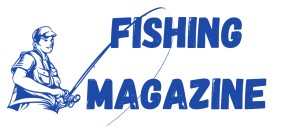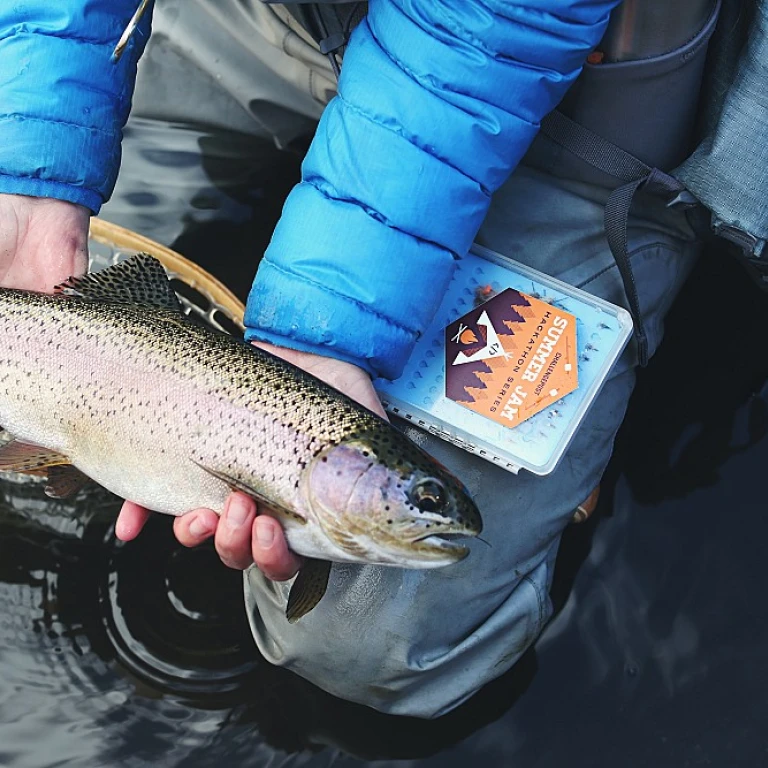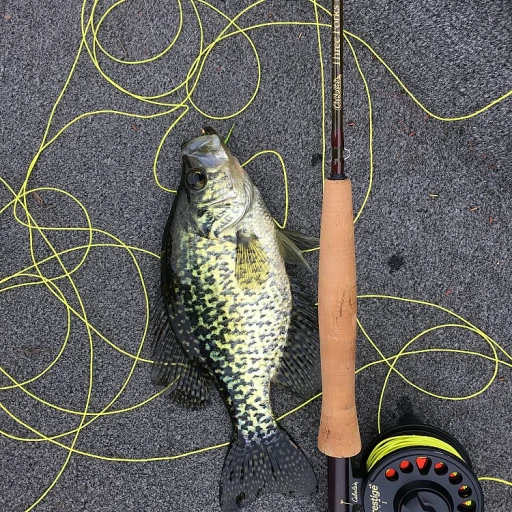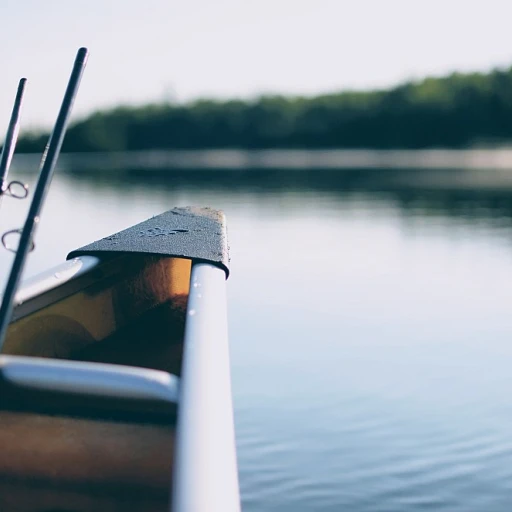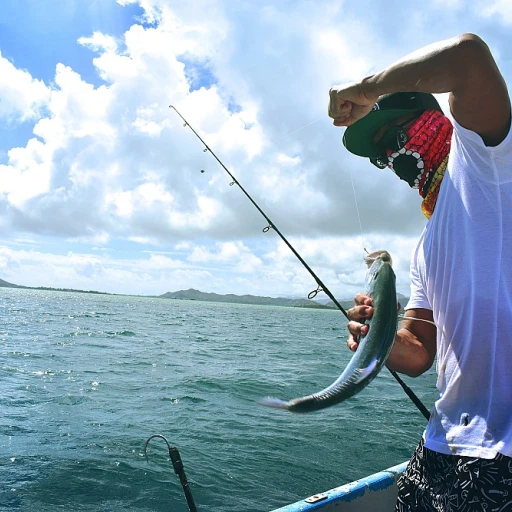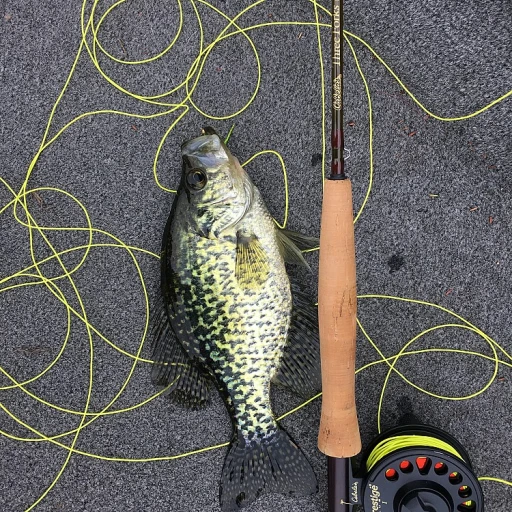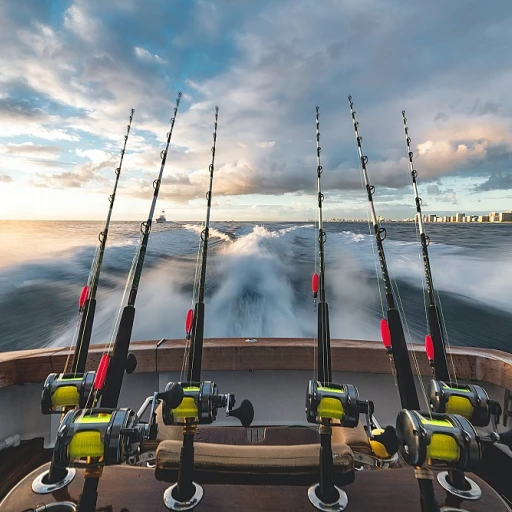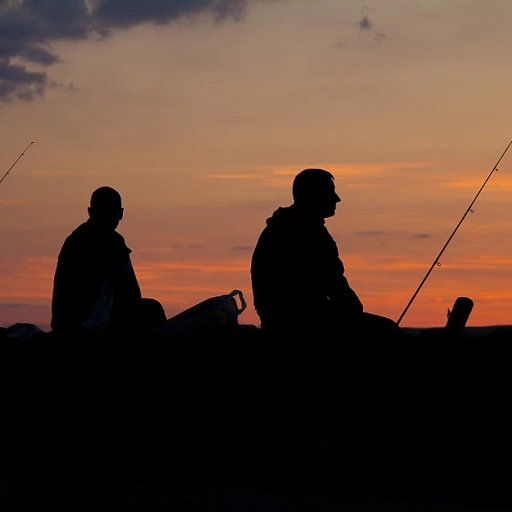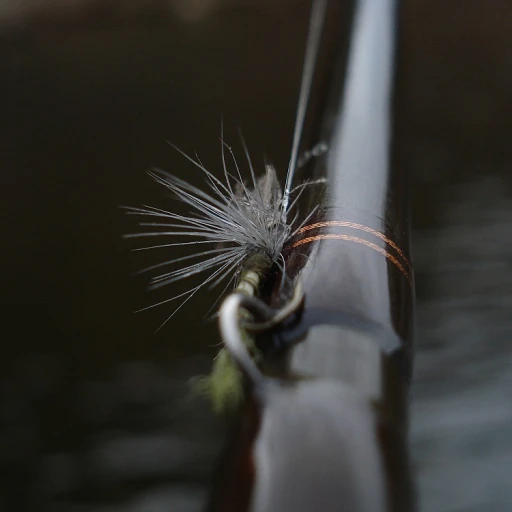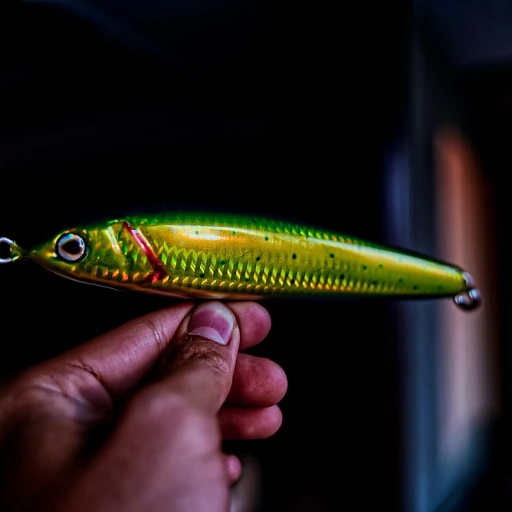
Understanding Trout Behavior
Understanding the Behavior of Trout in Their Habitat
When it comes to trout fishing, understanding the behavior of these fish is crucial for choosing the best hook sizes and eventually, the right fishing hook. Trout are known for their keen sense of awareness and can be extremely selective about the food they pursue. Common types of trout, such as the rainbow or brown trout, often reside in fresh water environments where they have access to a variety of flies, insects, and small fish as their primary food.
Their feeding behavior varies with the seasons and the types of bait available. During warmer months, trout are more active and likely to feed on the surface, chasing dry flies, whereas in colder temperatures, they often dive deeper in search of live bait. This natural preference can inform your choice in hook size and style, whether you are using fly hooks for fly fishing or larger treble hooks for circle fishing.
One notable aspect is their sensitivity to the fly rod and line movement. The trout's visual and sensory capabilities mean that any unnatural movement in the water could be a deterrent, highlighting the importance of selecting the right hook size that complements your fishing approach. By mastering how trout behave, anglers can adjust their fly hook strategies to improve their chances of success out on the water.
The Importance of Hook Size
The Crucial Role of Proper Hook Size in Catching Trout
When it comes to trout fishing, choosing the right hook size might seem trivial, but it significantly impacts your success rate. The importance of matching the hook to the fish cannot be overstated, particularly because trout can be quite particular about the bait and flies they choose to strike. Proper hook size ensures that your fishing gear complements the fish’s natural tendencies and the type of bait or flies you are using. A trout’s behavior is intricately linked to its feeding habits, making it essential to account for factors such as the size of the available prey in the water and the fly or bait used.- Hook and Trout Relationship: Aligning the hook size with the trout's feeding pattern directly affects the chances of hooking effectively. For example, when using dry flies, smaller hooks provide a more natural presentation that trout are less likely to spook from.
- Effect on Trout Feeding Behavior: Trout are notorious for inspecting their food meticulously. An oversized hook may raise suspicion and cause the trout to reject the bait. Conversely, hooks that are too small might not secure the catch, leading to the trout potentially escaping.
Common Hook Sizes for Trout
Standard Hook Sizes for Angling Success
Choosing the right hook size is crucial to success in trout fishing. Understanding different hook sizes and their purposes will enhance your angling experience and improve your chances of catching these elusive fish.- Size 10 to 14: These hooks are ideal for dry flies used in fly fishing. A smaller hook, like a size 10, is excellent in calm, clear waters where trout are more likely to inspect their prey closely. For fly fishing enthusiasts using dry flies, these sizes will provide the best balance for casting and presentation.
- Size 6 to 8: Larger hooks, such as these, work best with live bait in various fishing conditions. Fly hooks in this range suit heavier line weights and are versatile for different flies. They are a reliable choice for those targeting larger trout specimens.
- Treble Hooks and Circle Hooks: Although not traditionally used for fly fishing, larger treble hooks and circle hooks are sometimes employed with artificial baits or lures in fresh water where bigger trout are targeted.
Factors Influencing Hook Size Selection
Influential Aspects in Picking Hook Sizes
Selecting the right hook size for trout fishing isn't merely about picking the biggest or smallest option available. Several factors come into play having a profound impact on the successful capture of these fish. Here are some aspects you need to consider while choosing your fishing hooks:
- Water Conditions: In clear water, trout can be more wary, necessitating smaller hooks for a stealthy approach. Conversely, in murkier waters, larger hooks might be effective due to their increased visibility and ability to attach bulkier baits.
- Type of Trout: The species of trout you are targeting will also influence the choice. For instance, larger brown trout might require larger hooks, whereas smaller rainbow trout could be best caught using smaller sizes.
- Bait and Flies: The type of bait or flies being used is crucial. Dry flies typically require a different hook size than those used with live bait. The fly hook or hook fly must match the fly size to ensure proper presentation.
- Fishing Technique: Hook sizes might vary based on whether you are engaging in fly fishing versus live bait fishing. In fly fishing, using appropriate fly hooks for dry flies and other fly patterns is essential.
- Hooks Design: The design of the hook, such as a circle hook versus a treble hook, will influence how the fish reacts to the bait. These designs can affect how easily the trout is hooked, emphasizing the importance of using hooks trout are less likely to spit out.
Choosing the correct hook size involves a combination of these factors tailored to your unique fishing environment and the behavior of the trout you aim to catch. Considering these elements ensures a higher success rate in your trout fishing endeavors.
Tips for Choosing the Right Hook Size
Determining the Best Hook Size for Your Trout Fishing Adventure
Choosing the best hook size for trout fishing involves more than simply picking a hook off the shelf. It is an art of considering various factors that will influence your experience on the water. Keeping trout behavior and hook importance in mind, let's delve into the crucial aspects that can guide you to the perfect choice for your fresh water fishing.
- Type of Fly or Bait Used: The choice between dry flies, fishing flies, live bait, or artificial lures plays a significant role. For instance, when using dry flies, a smaller hook size will be more appropriate, whereas a larger hook might suit when using live bait. Fly fishing enthusiasts should also be mindful of the fly hooks' eye and shank design.
- Water Conditions: The clarity and flow of the water impact trout behavior. In clear, still waters, a small hook remains less conspicuous, increasing your chances. On the contrary, in turbulent or murky waters, a larger hook may help fish spot the bait more easily.
- Trout Size and Species: The size and species of trout you're targeting matters significantly. For small trout, fishing hooks such as size 12 or 14 are often recommended. For larger fish species or those in high-pressure fishing areas, opting for a slightly larger size hook like a size 8 or 10 might be beneficial.
- Presentation and Natural Drift: Achieving a natural presentation of your bait or flies is crucial. The gap and shank of the hook should complement your setup, allowing a natural and appealing drift that lures trout efficiently.
By taking these factors into account, your fly fishing or bait fishing has stronger potential for success. Harping back to recent innovations in hook design can also enhance your strategy. After all, selecting the appropriate fishing hooks for trout not only elevates your chances of a successful catch but increases your overall enjoyment of the fishing experience.
